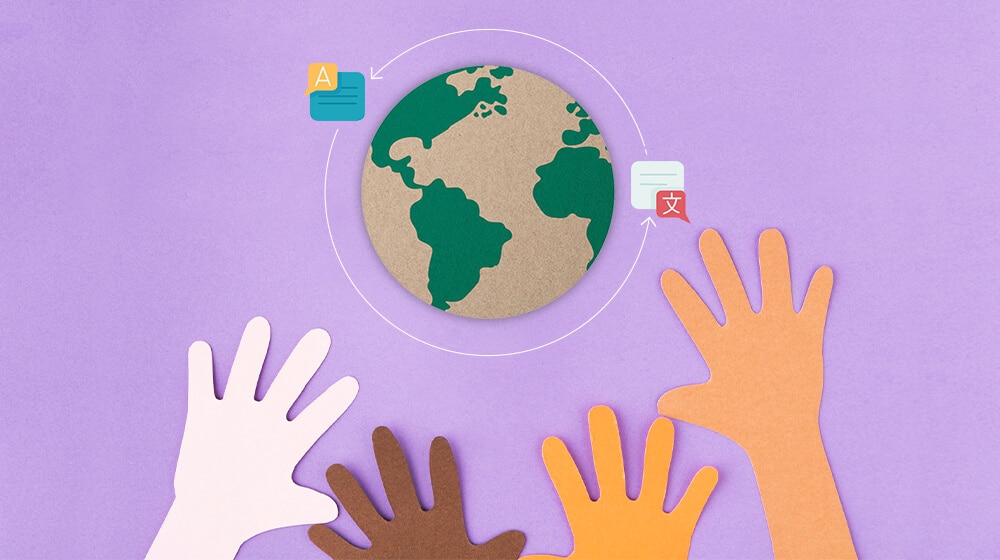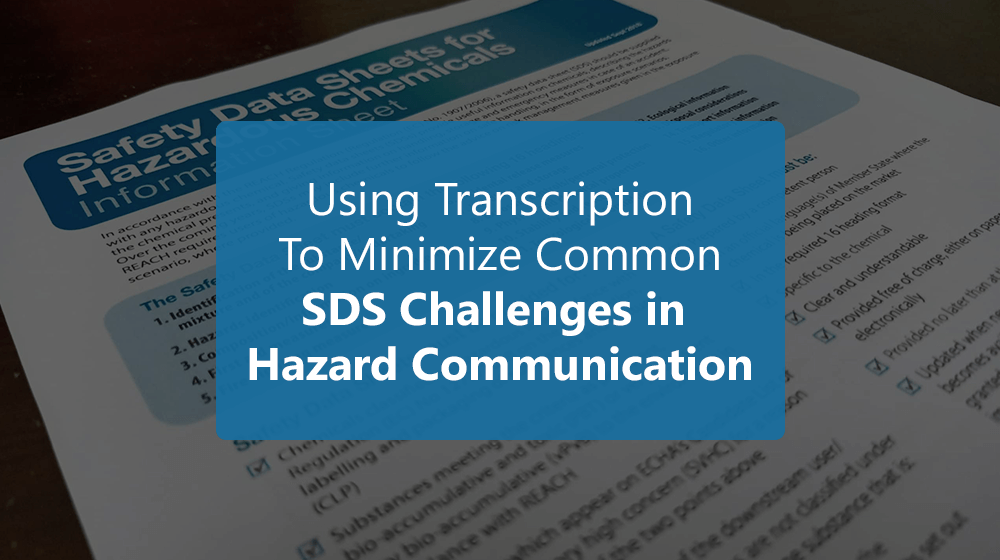Imagine reading a novel that captures your emotions so deeply that it feels like the author peered into your soul. Now imagine reading the same story in another language, only to find it flat and lifeless. The power of translation is a delicate craft that can deepen or sever cultural connections.
At its core, translation isn’t just about swapping words from one language to another. It’s about carrying the original text’s emotion, context, and essence into a new linguistic landscape. When done right, it connects emotionally with readers, regardless of their cultural background.
Role of the Translator in Strengthening Emotional Resonance in Translations
They're Poets at Heart
Translators are like poets. They don’t just move words from one language to another; they craft sentences that sing, providing the original text’s beauty and rhythm shine through in its new form. They need to understand the subtleties of language, how words feel, not just what they mean.
Cultural Ambassadors with a Pen
Translators are also our guides into different worlds. They understand the customs, traditions, and ways of life in different cultures, and they use this knowledge to help us, the readers, step into new places. When a translator works on a book, they’re not just bringing us the story but inviting us into a whole new world.
Emotion Detectives
Translators are like detectives of the heart. They spot the subtle emotional cues in a story- the sadness hidden in a character’s smile or the love behind a simple gesture. They then take on the challenge of making us, the readers in a different language, feel that same emotion. It’s a careful, delicate task.
Navigating the Trickier Paths
Idioms, humor, and cultural references are the tricky turns in a translator’s path. These phrases or jokes make perfect sense in one language but might be baffling in another. Translators figure out how to walk us through these tricky turns, finding new ways to express the same thought or joke so it still makes us smile or think, no matter what language we’re reading.
The Transformation Artists
In the end, translators are artists of transformation. They take a message in one language and reshape it into another, all while keeping the heart, the emotion, the intent, the essence intact. They’re crafting a bridge from one world to another, ensuring the journey is as rich and meaningful as the original voyage.
Case Studies: When Translations Connect Cultures
Gabriel Garcia Marquez’s “One Hundred Years of Solitude”
Colombian author Gabriel Garcia Marquez gave us the vibrant world of Macondo in “One Hundred Years of Solitude.” When Gregory Rabassa translated this novel from Spanish into English, he didn’t just switch words; he brought the book’s dream-like atmosphere and complex family saga to life for new readers. It made Latin American culture resonate globally. Marquez even praised Rabassa’s English version as superior to his original!
Haruki Murakami’s Novels
Turning to Japan, Haruki Murakami’s novels, known for blending everyday life with the surreal, are a window into modern Japanese society. Translators like Jay Rubin and Philip Gabriel helped English-speaking readers connect with Murakami’s unique storytelling. For example, in “Norwegian Wood,” the English translation captures the deep melancholy and nostalgia of the book, making it relatable for readers worldwide.
The Big Picture
In both cases, the translators were more than language experts; they were cultural guides. They preserved the authors’ unique voices while opening the stories to a broader audience, creating connections between people and cultures through the power of words.
In simple terms, great translation is more than words; it’s about carrying the heart and soul of a story into a new language, making it a shared experience that bridges cultures.
The Pitfalls: When Translations Fall Flat
On the flip side, there are instances where translations have missed the emotional mark completely. Take, for example, the poorly translated marketing campaign that offended rather than appealed to its target audience. Such cases illustrate the potential for translations to break cultural connections.
We’ve all seen examples where translations miss the mark, funny signs, awkward subtitles, or advertising mishaps. However, the consequences can be more severe when a profound piece of literature or a heartfelt message gets lost. It can lead to misunderstandings and leads to a disconnect between cultures.
Wrapping it up
For a translation to resonate emotionally, the translator must understand and respect the cultures tied to both the source and target languages. It involves deep cultural knowledge and a delicate balancing act of maintaining authenticity while making the content relatable. If you are looking for such translators who don’t have just language proficiency but cultural expertise, then connect with Datagain. We have proficient translators with expertise in 100 plus languages, a knack for understanding cultural nuances and translating every word with great precision.

















